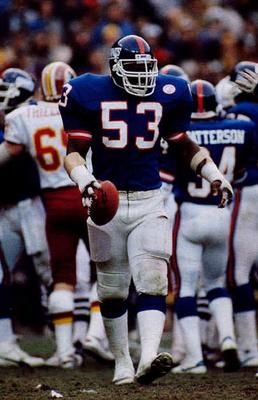Ceri,
We are presently sh!tty at center. Presuming that these idiots decide to settle the lockout instead of cutting their own nouts, do you have any handle on the potential free agent talent available at this position?
I assume that you will be at Loftus Road tomorrow for the game against Derby. Best of luck. Go QPR!
Brian
We are presently sh!tty at center. Presuming that these idiots decide to settle the lockout instead of cutting their own nouts, do you have any handle on the potential free agent talent available at this position?
I assume that you will be at Loftus Road tomorrow for the game against Derby. Best of luck. Go QPR!
Brian

.jpg)
